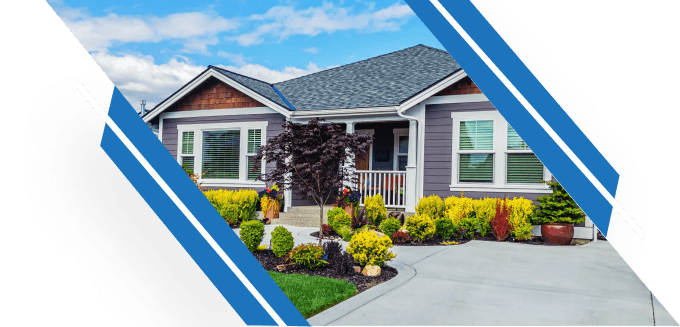When your roof starts leaking, quick action is crucial to minimize damage and protect your home. As a homeowner, knowing what to do when faced with a roof leak can save you time, money, and stress. This guide will walk you through what steps to take when you discover your roof is leaking, helping you address the problem effectively and prevent further damage to your property.
The first priority is to identify the source of the leak and contain any water damage. This involves a careful inspection of your attic or upper floors to pinpoint where water is entering. Once located, you’ll need to take steps to temporarily stop the leak and protect your belongings from water damage. Safety is very important during this process, so proceed with caution and don’t hesitate to call in professional help.
Whether you’re dealing with a minor drip or a major leak, understanding these emergency roof repair tips and temporary solutions can make a significant difference in managing the situation. From DIY inspection techniques to knowing when to seek professional roofing services, this guide will equip you with the knowledge to handle roof leaks confidently and effectively.
Quick Temporary Fixes for Roof Damage
When faced with minor roof leaks, homeowners in Tampa, FL can often tackle small repairs themselves. When your roof is leaking, implementing quick temporary fixes can help minimize water damage until professional repairs can be made. Some effective methods for addressing roof leaks in the short term are using tarps or plastic sheeting, applying roofing cement or sealant, and replacing missing shingles or tiles.
Covering damaged areas with tarps or heavy-duty plastic sheeting can provide immediate protection against water intrusion. Secure the covering tightly over the affected area, extending it beyond the leak for complete coverage. This method is useful for larger damaged areas or when dealing with severe weather conditions.
For smaller, more localized leaks, applying roofing cement or sealant can be an effective temporary solution. Clean and dry the area around the leak, then apply the sealant generously so it covers the entire affected spot. For metal roofs, use a sealant specifically designed for metal surfaces to ensure proper adhesion. This can help prevent water from entering your home until a more permanent fix can be made.
To replace damaged shingles, carefully remove the affected shingle by lifting the edges of surrounding shingles and removing the nails. Slide the new shingle into place, secure it with roofing nails, and seal the edges with roofing cement. For tile roofs, gently remove the damaged tile and replace it with a matching one, making sure it overlaps with adjacent tiles.
While these quick fixes can provide temporary relief, it’s important to remember that they are not long-term solutions. To ensure the integrity of your roof and prevent future leaks, it’s crucial to contact a professional roofing contractor in Tampa, FL for a thorough inspection and repairs.
Fixing roof leaks as soon as they’re spotted can save you from extensive water damage and extend the life of your roof.
How to Assess the Extent of Roof Damage
When dealing with a leaking roof, it’s crucial to assess the full extent of the damage. This step helps determine the appropriate course of action and prevent further issues. To evaluate your roof’s condition, you’ll need to conduct both interior and exterior inspections.
Start by thoroughly examining your home’s interior for signs of water damage. Look for water stains on ceilings and walls, peeling paint, damp insulation in the attic, and any musty odors. These indicators can help pinpoint the location of leaks and reveal how far the water has spread.
Next, safely inspect the roof’s exterior. If possible, use binoculars from the ground to look for missing or damaged shingles, cracked flashing, or other visible issues. If you’re comfortable climbing a ladder, take a closer look at problem areas, but prioritize safety and avoid walking on the roof itself.
For a comprehensive assessment, consider contacting a professional roofing contractor in Tampa, FL. They have the expertise to find hidden damage and can provide an accurate evaluation of your roof’s condition. This professional inspection is especially important for complex roofing systems or when dealing with extensive water damage.
When to Call a Professional Roofing Contractor
While some minor roof repairs can be handled as DIY projects, there are situations where it’s better to call in a professional roofing contractor. Recognizing these scenarios can save you time, money, and potential safety risks. Signs that indicate the need for expert intervention include extensive water damage, multiple leak points, or if your roof is nearing the end of its lifespan.
Hiring a licensed roofing professional in Tampa, FL comes with several benefits. These experts have the knowledge and experience to accurately diagnose complex roofing issues and provide long-lasting solutions. They also have access to high-quality materials and specialized tools that may not be available to homeowners. Additionally, professional roofers can ensure that repairs comply with local building codes and manufacturer warranties.
Professional roofing services are also important for safety reasons, especially when dealing with steep or high roofs. Experienced contractors have the necessary safety equipment and training to work on roofs without risking injury. Additionally, they can often spot potential issues that may not be apparent to the untrained eye, helping to prevent future leaks and extend the life of your roof.
Tips to Prevent Future Roof Leaks
Taking measures to prevent roof leaks is essential for maintaining the integrity of your home, especially in Florida’s challenging climate. Regular roof maintenance is key to avoiding expensive repairs and extending the lifespan of your roof. Start by scheduling annual roof inspections, ideally before the hurricane season begins. During these inspections, look for signs of wear and tear, such as cracked or missing shingles, damaged flashing, or areas where water might pool.
Gutter maintenance is another crucial aspect of roof care. Clean your gutters at least twice a year to prevent clogs that can lead to water backup and roof damage. Make sure that downspouts direct water away from your home’s foundation. In Florida’s humid climate, attic ventilation is vital to stop moisture buildup, which can cause mold growth and weakened roof structures. Consider installing ridge vents or soffit vents to improve air circulation in your attic space.
For homeowners in Tampa and surrounding areas, it’s important to trim overhanging tree branches that could damage your roof during storms. Additionally, after severe weather events, conduct a quick visual inspection of your roof to catch any potential issues early. With preventive measures like these, you can reduce the risk of future roof leaks and protect your home from water damage.
Dealing with Insurance and Documentation
When facing a roof leak, proper documentation and understanding your insurance coverage are crucial steps in the repair process. To start, thoroughly document the damage by taking clear photos and videos of all affected areas, both inside and outside your home. Make detailed notes about when you first noticed the leak and any immediate actions you took to mitigate the damage.
Before contacting your insurance company, review your homeowner’s policy to understand your coverage for roof leaks. Policies can vary, but most cover damage caused by sudden events like storms. However, damage resulting from lack of maintenance or normal wear and tear may not be covered. If you’re unsure about your coverage, consult with your insurance agent for clarification.
When filing a claim, provide your insurance company with all documentation, including photos, videos, and receipts for any emergency repairs. Be prepared to have an insurance adjuster inspect the damage. For Tampa homeowners, it’s often beneficial to also have a trusted local roofing contractor complete an inspection so all damage is properly identified and documented.
Remember, working with a reputable roofing contractor in Tampa can be invaluable during this process. They can provide expert assessments and make sure all repairs meet both insurance requirements and local building codes.
Emergency Roofing Services in Tampa, FL
If your efforts to temporarily fix the roof leak are not holding up, it might be time to call in the professionals. SouthShore Roofing & Exteriors specializes in addressing complex roofing issues efficiently. Ignoring persistent leaks can lead to more extensive damage, making professional intervention crucial. Signs like water stains on ceilings, damp insulation, or structural weakening are clear indicators that professional help is needed. Plus, a licensed contractor like SouthShore Roofing & Exteriors can provide a comprehensive assessment and permanent solutions to prevent future problems.
Don’t let a small leak turn into a major expense. For expert roofing services in Tampa, FL, call SouthShore Roofing & Exteriors at (813) 400-3329.




